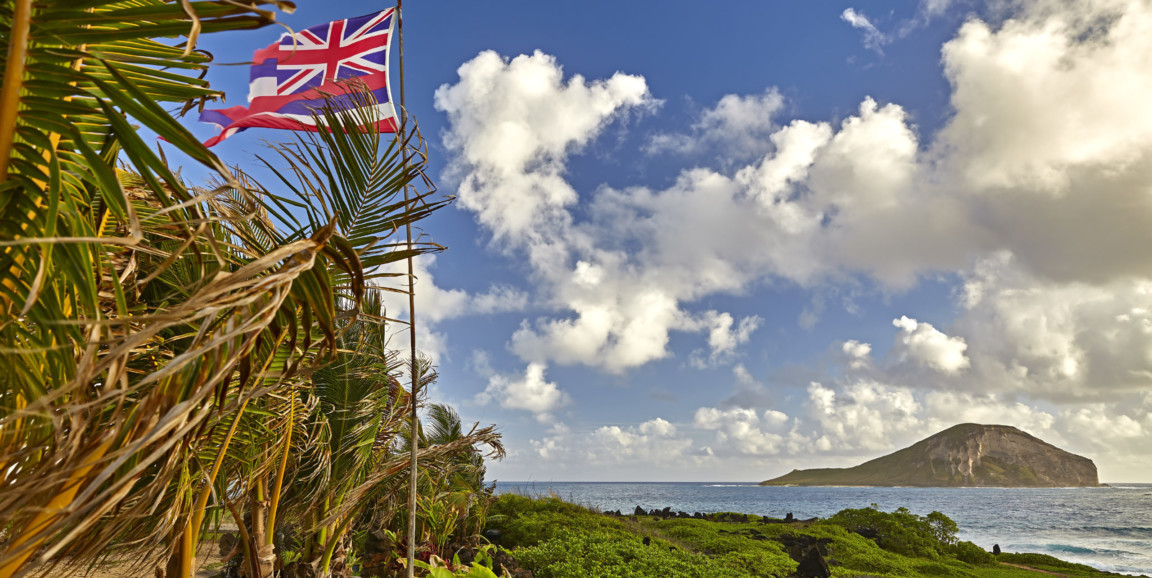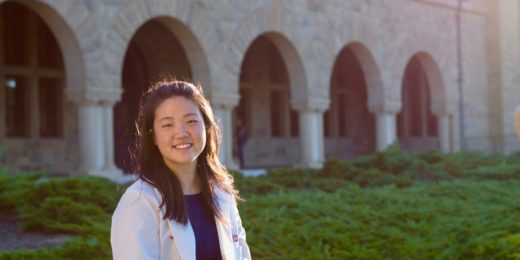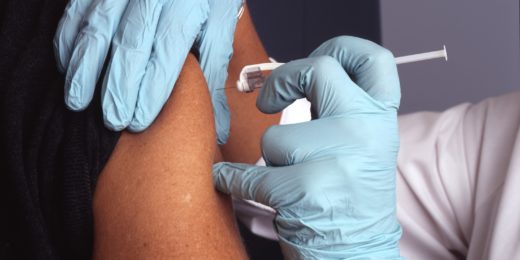The content of this story was updated on May 10, 2023.
Driven by his Native Hawaiian ancestry, Kekoa Taparra, MD, PhD, a Stanford Medicine resident in radiation oncology, has focused his research on the representation of Pacific Islanders, which includes Native Hawaiians, in the U.S. medical field as well as the ethnic group's health outcomes.
Taparra and Curtiland DeVille, MD, a colleague from Johns Hopkins University, published a paper in September 2021 in JAMA Network Open that showed the percentage of Pacific Islander medical students and physicians in the United States was abysmally low. (For instance, Native Hawaiian people make up 20% of the population of Hawaii but less than 4% of the physician workforce.) Previous studies showed that even in Hawaii, where nearly 25% of the Hawaiian population identifies as Native Hawaiian or Other Pacific Islander, less than 4% of physicians come from this group.
In a more recent paper, published April 19 in the Journal of the National Cancer Institute, Taparra and colleagues reveal that the ethnic group suffers from high rates of cancer, especially among the young. According to U.S. cancer death rate data collected between 2018 and 2020, Native Hawaiian and Pacific Islander patients between 20 and 49 years old have the highest cancer mortality of any racial or ethnic group.
"It shows the dangers of missing key facts when we aggregate data from Asian populations with that of Native Hawaii and Pacific Islander populations," Taparra said. "There's this vast disparity in terms of representation. We are among the rarest racial groups in medicine, and few recognize this is a problem given the disproportionate health disparities faced by our communities."
I spoke with Taparra about his background as a Native Hawaiian, the low rates of Pacific Islander people in medicine in the United States, and what can be done to address the gap. The following conversation has been edited for clarity and length.
What motivated you to take a closer look at these disparities?
For Pacific Islanders, including in Native Hawaiians, there are higher rates of cancer than other major ethnic and racial groups. A lot of my memories of growing up are of many family members suffering through cancer. At the end of my PhD, when I applied to medical school, I wrote about high cancer rate disparities among Pacific Islanders in my residency application.
Dr. DeVille was one of the people who interviewed me and he encouraged me to pursue this line of inquiry. I've been lucky to be involved with a lot of research focusing on those disparities, in terms of health outcomes and in representation in medicine.
What was your focus and what did you find?
In our research, we focused on Pacific Islander representation among medical students, residents and academic faculty physicians because the majority of previous studies have inappropriately lumped Pacific Islanders into the category of being Asian. So most publications prior to ours have shown a much higher representation of Pacific Islanders. I thought it was important to say, "Hey, actually, Native Hawaiian and Other Pacific Islanders are one of the five distinct, federally recognized racial groups, and they actually have very poor representation in medicine."
When we analyzed representation through this disaggregated lens, we saw that Pacific Islanders were hugely underrepresented. In addition, when we disaggregate the monolithic Asian and Pacific Islander group, we unmask disparities throughout the medicine pipeline. This has huge implications because racially and ethnically concordant physicians can improve patient health outcomes by building strong doctor-physician relationships in marginalized communities that may otherwise have distrust for the medical system.
Why does that happen, and why is it a problem?
We cannot fix what we cannot see. Throughout my medical training, when taking care of patients, I can recognize other Pacific Islanders based on my conversations. But their medical records often erase that identity by categorizing them as Asian. That not only disrespects their personal identity but it also masks possible health disparities.
For instance, we recently published a paper showing that Native Hawaiians in Hawaii had the highest rates of developing a second breast cancer after treatment for a particular type of cancer, compared to other racial groups. This has important implications for certain treatments in the clinic.
More generally, most people don't know who Pacific Islanders are. The Pacific Islands are not in Asia. Additionally, there are 20 to 30 Pacific Islander countries -- about the same number as Asian countries, and clear distinctions between the two groups. Yet, Pacific Islanders often seem like more of an afterthought, like, "Hey, we have this random group of people, why don't we just throw them in with 'Asian' because they look more Asian than they do other groups?"
But, during the Clinton administration in the '90s, legislation was passed on ethnic disaggregation in the census that resulted in the Native Hawaiian and Other Pacific Islander race being legally recognized in its own a separate category. Few academics acknowledge this and it's taken this long to recognize that there's even been a problem.
How do you think about solutions to these disparities? What can be done?
That's a million-dollar question, literally, because it requires money to build programs that enhance representation. One program in particular, ʻImi Hoʻōla (Hawaiian for "those who seek to heal") at the University of Hawaii, was founded to promote a pipeline of Pacific Islander pre-med students from the University of Hawaii.
The program helps with medical school admission test prep and learning the jargon of medical school because many of us have zero exposure to medicine prior to applying to medical school. The program also provides guidance on successfully navigating medical school.
It's critical to invest in programs like ʻImi Hoʻōla and make sure the funding continues. Providing more opportunities for Pacific Islanders to succeed in medical school and support them in their careers in medicine will be the best way to help combat some of the disparities their community faces.
Another big thing is simply including Pacific Islanders in programs for pre-med or medical students, or scholarship or programs. Advertisements and communications for such programs mention Black, Latino, Alaskan Native and Native American people, but not Pacific Islanders. That transparency of including them in these opportunities really makes a difference.
Photo by 1jaimages






